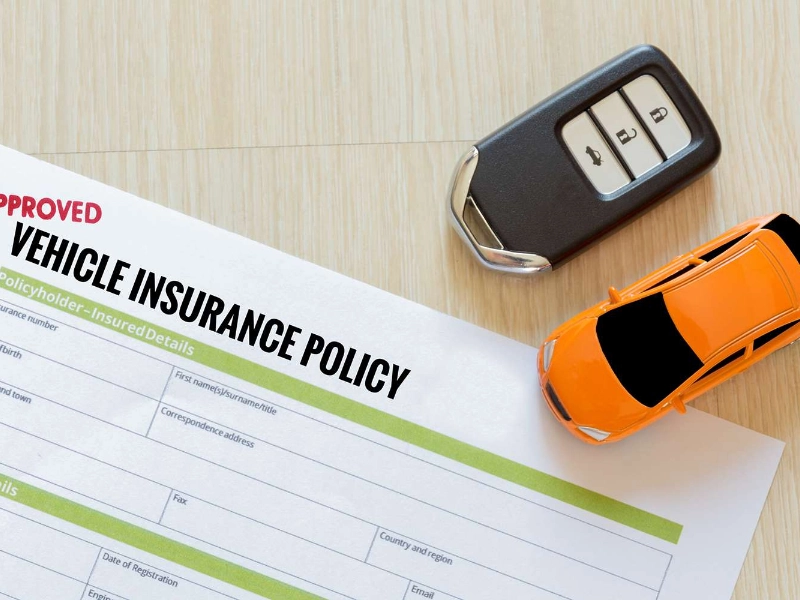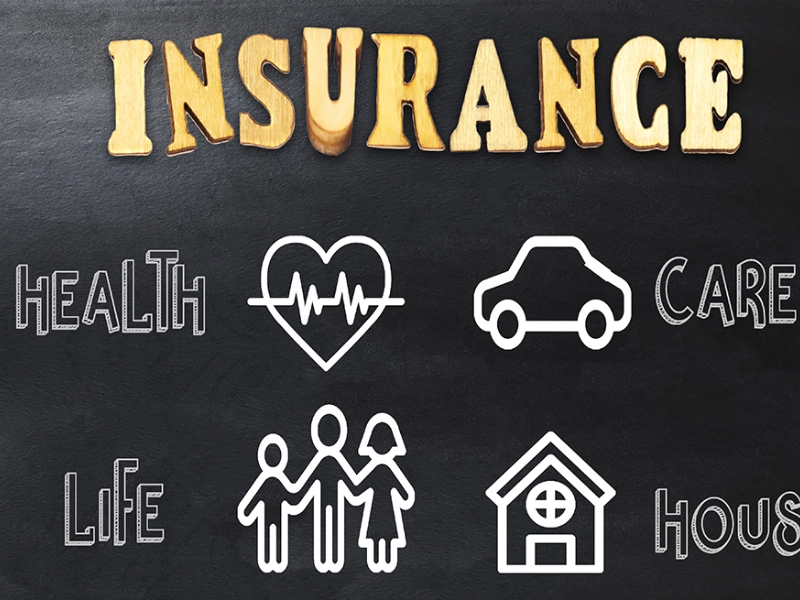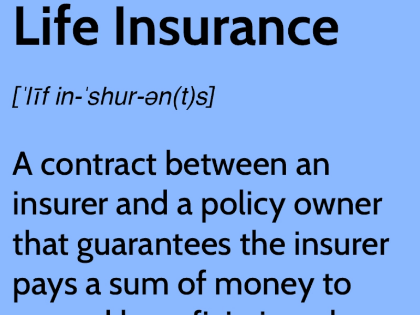Recognizing the Exclusions in Your Policy
An essential component of insurance plans, coverage exclusions strike a compromise between the requirement for insurers to maintain their financial stability and the necessity to provide coverage for unforeseeable losses. They are included in plans for personal cars, business property, homes, health, and life insurance, all of which are customized to meet certain risk profiles.
Recognizing and controlling policy exclusions can reduce unpleasant surprises when submitting claims. Find out what the common exclusion types are and why they are in place.
Definitions of Coverage

What protection is offered by the property and liability coverages is described in full in the policy's coverage section. It is imperative that you carefully read this section. It includes a thorough explanation of the kinds of losses that are covered as well as information on what is not.
Numerous insurance policies share some of these exclusions. For instance, the majority of health insurance plans do not cover pre-existing diseases. Some exclusions apply only to a specific kind of coverage. For example, a builder's CGL policy may have a "Designated States" exclusion that omits coverage for claims pertaining to work done on residential or "habitational" projects.
By excluding higher-risk coverage scenarios, the major goal of omitting specific events is to assist insurers in managing their risk exposure. Certain high-risk scenarios can frequently be covered by endorsements or different types of insurance. Additionally, exclusions provide clarity, which lessens misunderstandings and disagreements throughout the claims procedure. This is crucial for people who aren't sure if a particular loss is covered by a particular insurance policy or not.
Commercial Policies' Exclusions

Exclusions found in many commercial plans bar coverage for specific types of losses or damage. For instance, the expense of compensating third parties for goods they are unable to use as a result of the insured's acts may be excluded from coverage under a commercial general liability policy (advertising harm).
An additional frequent exclusion from insurance is one that excludes coverage for contamination or pollution-related property damage. Either a standalone environmental policy or commercial general liability coverage may have this exclusion.
A common exclusion found in insurance policies is the exclusion of coverage for any property damage or personal harm arising from the handling, serving, or selling of alcohol. An insurance endorsement or a commercial general liability policy may have this type of exclusion. Because insurers are unable to pay every potential claim or they would go bankrupt, insurance exclusions are an essential component of the insurance process. Rather, they strike a compromise between the necessity of maintaining reasonable rates and the risk of paying claims. Because of this, it's critical that organizations comprehend the risks connected to common policy exclusions so they can make appropriate plans.
Personal Policy Exclusions

Exclusions list the risks that an insurance company will not provide coverage for and are usually located after the main coverage sections. Exclusions lower premiums in health, life, home, and vehicle insurance by removing the possibility of significant payouts for specific unfavorable situations.
For instance, the death benefit of a life insurance policy can exclude suicide committed within a specific time limit. Certain personal auto plans have a regular usage clause that precludes the insured from getting med-pay payments in the event of an accident in a car they don't own or drive frequently.
An exclusion may occasionally be rectified by acquiring a different insurance policy. For example, the exclusion for war or terrorism from vehicle coverage can frequently be lessened by acquiring a separate disaster insurance policy. In some cases, coverage may be possible despite a policy's exclusion with the help of riders or add-ons. In most cases, these workarounds are explained in the policy's "Additional Coverage" section.
Home Policies' Exclusions

Although homeowner's insurance provides extensive coverage, many things are not covered. For example, mold issues are generally not covered by homeowner's policies because they normally come from regular property deterioration rather than from an actual covered risk, such as floods.
Insect and rodent infestations are virtually always disregarded as well. This is due to the fact that the policyholder would be liable for both preventing and fixing such damage, as well as the fact that such infestations rarely result in losses that are covered by the policy.
In home insurance, it's also typical to find exclusions for damages that happen when the property is vacant or used for business. By doing this, the insurer is shielded from false claims and guarantees that coverage will only be extended to homeowners who will properly maintain their assets.
Additionally, normal home insurance policies typically exclude losses from windstorms, mudflows, sinkholes, and earthquakes. It could be essential to obtain extra protection through specialist home coverage if you reside in a region where these kinds of occurrences are common.








